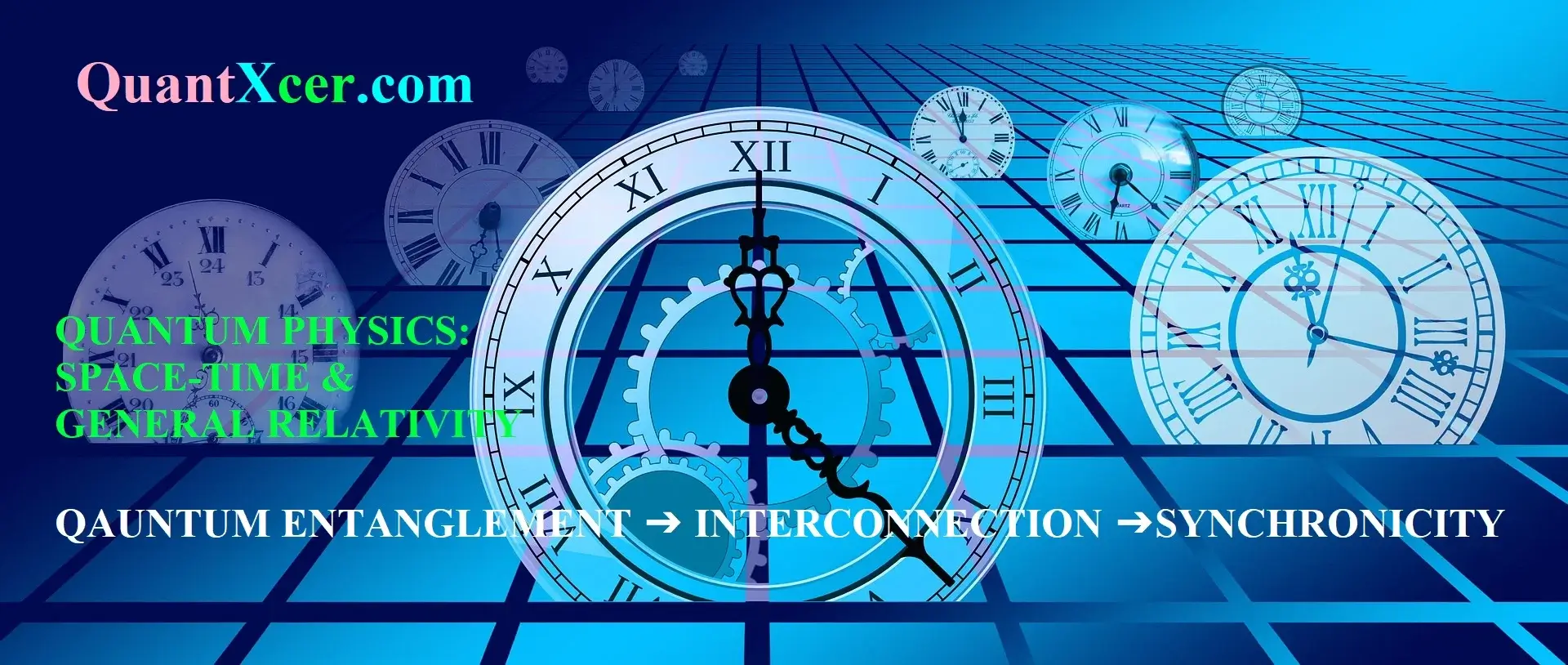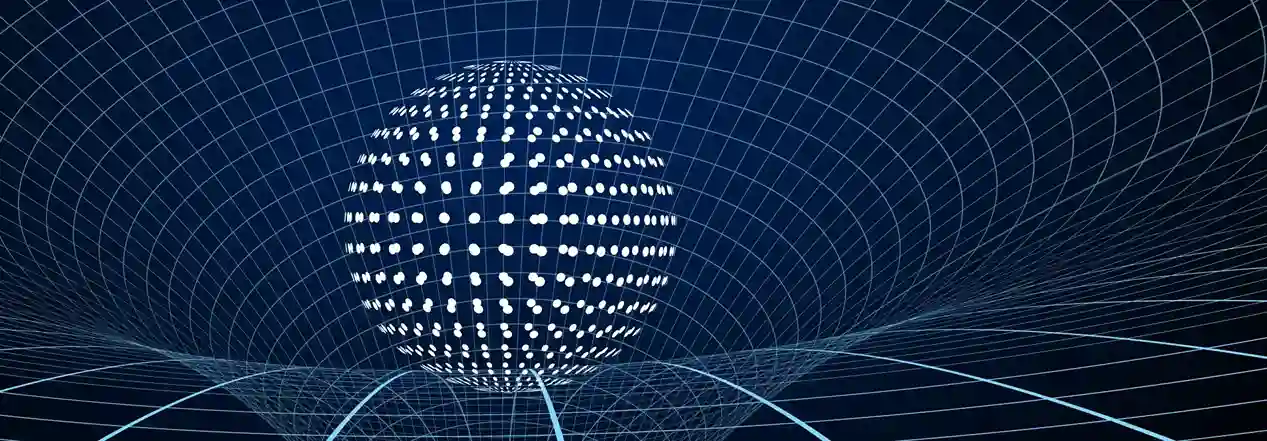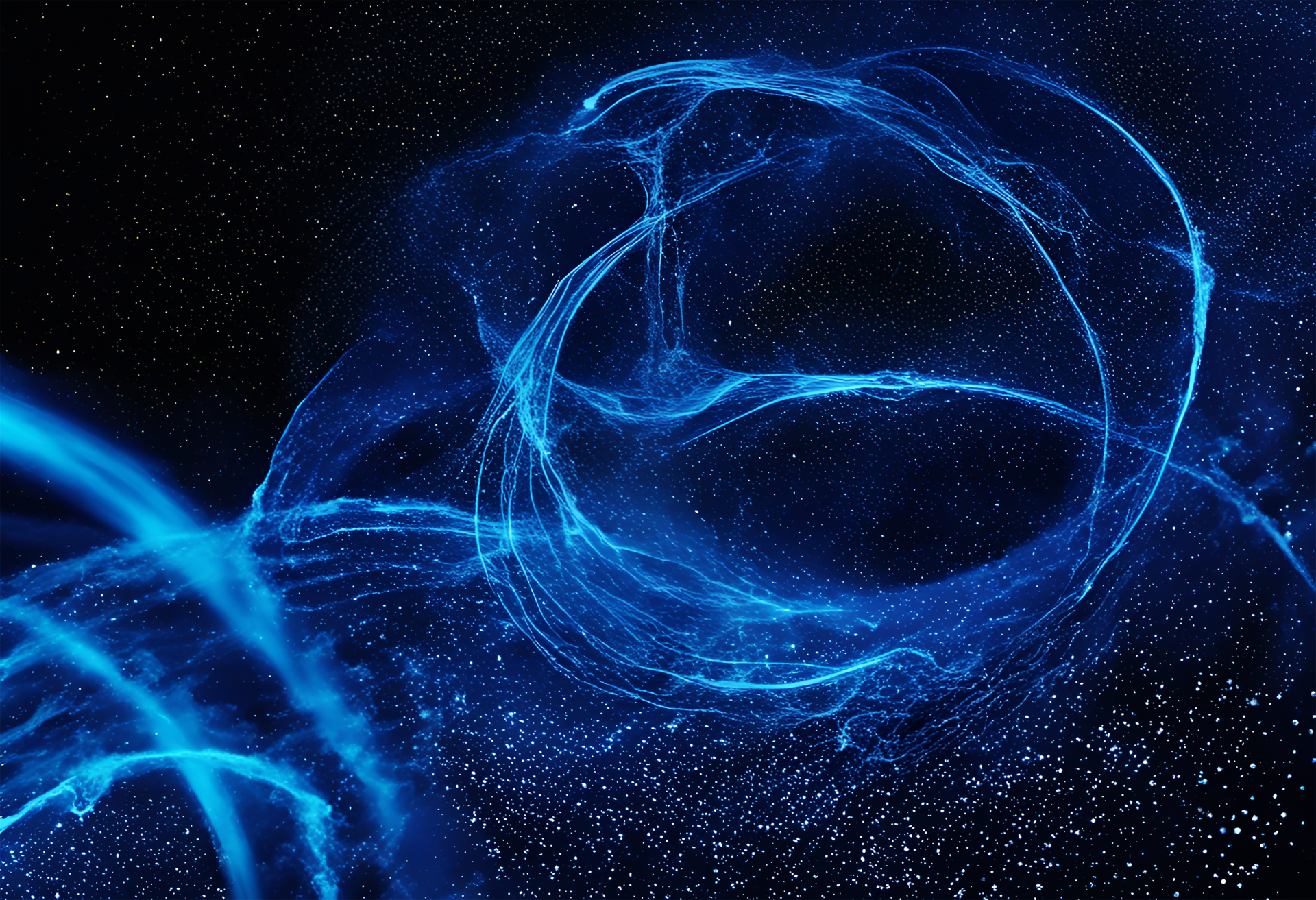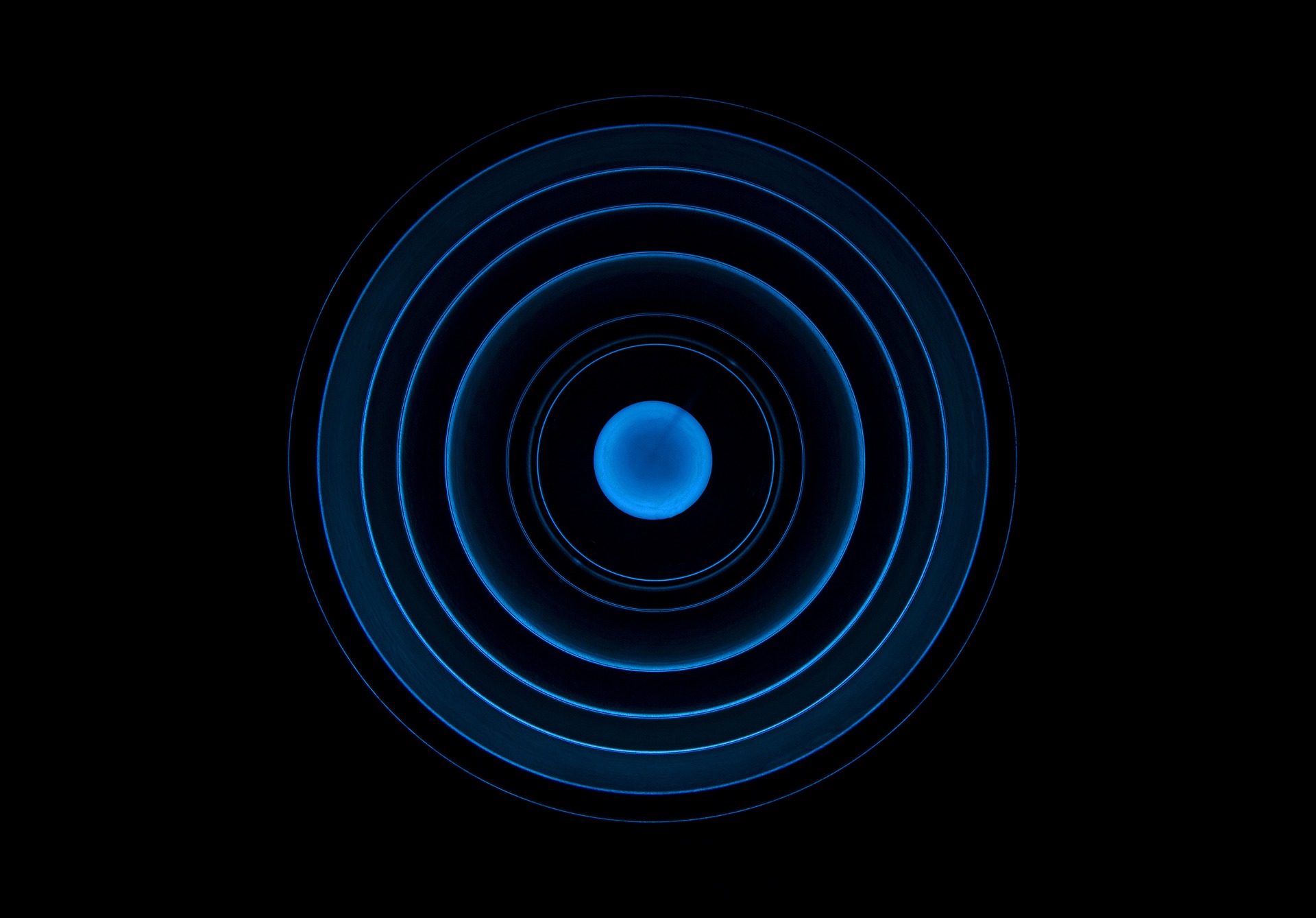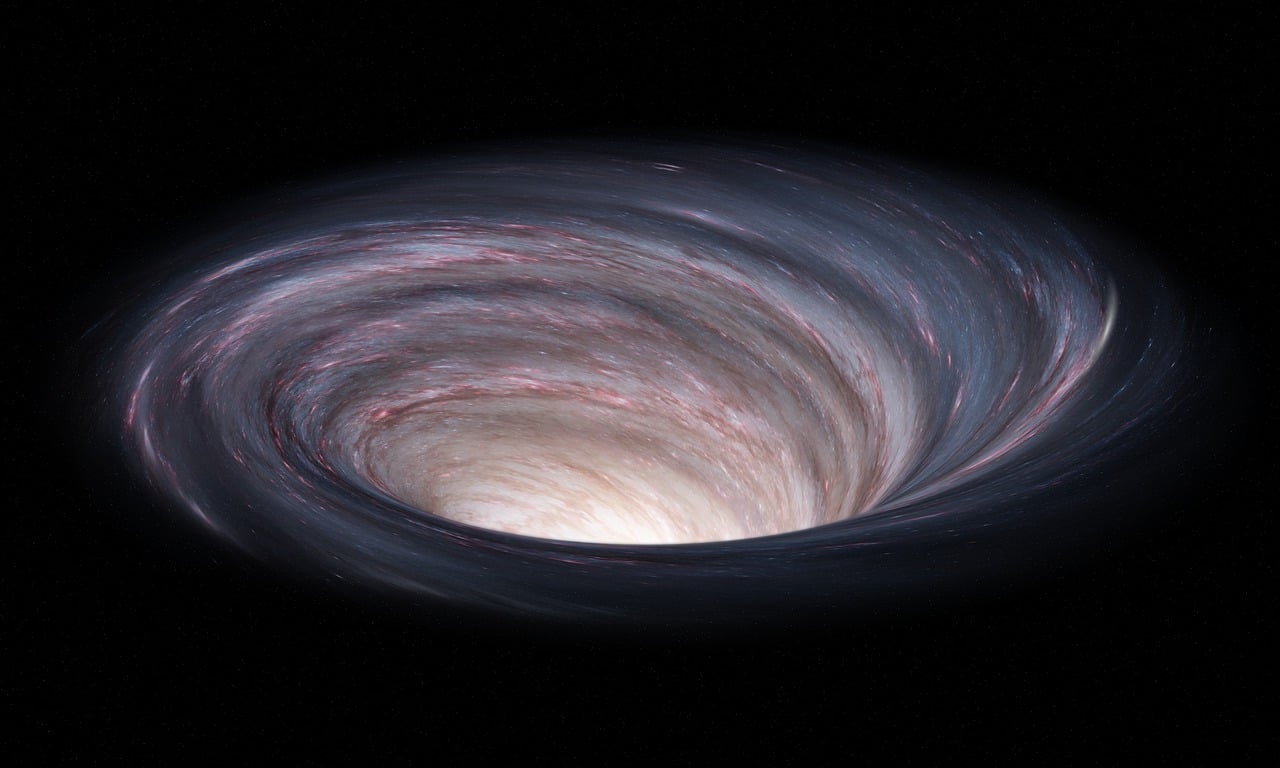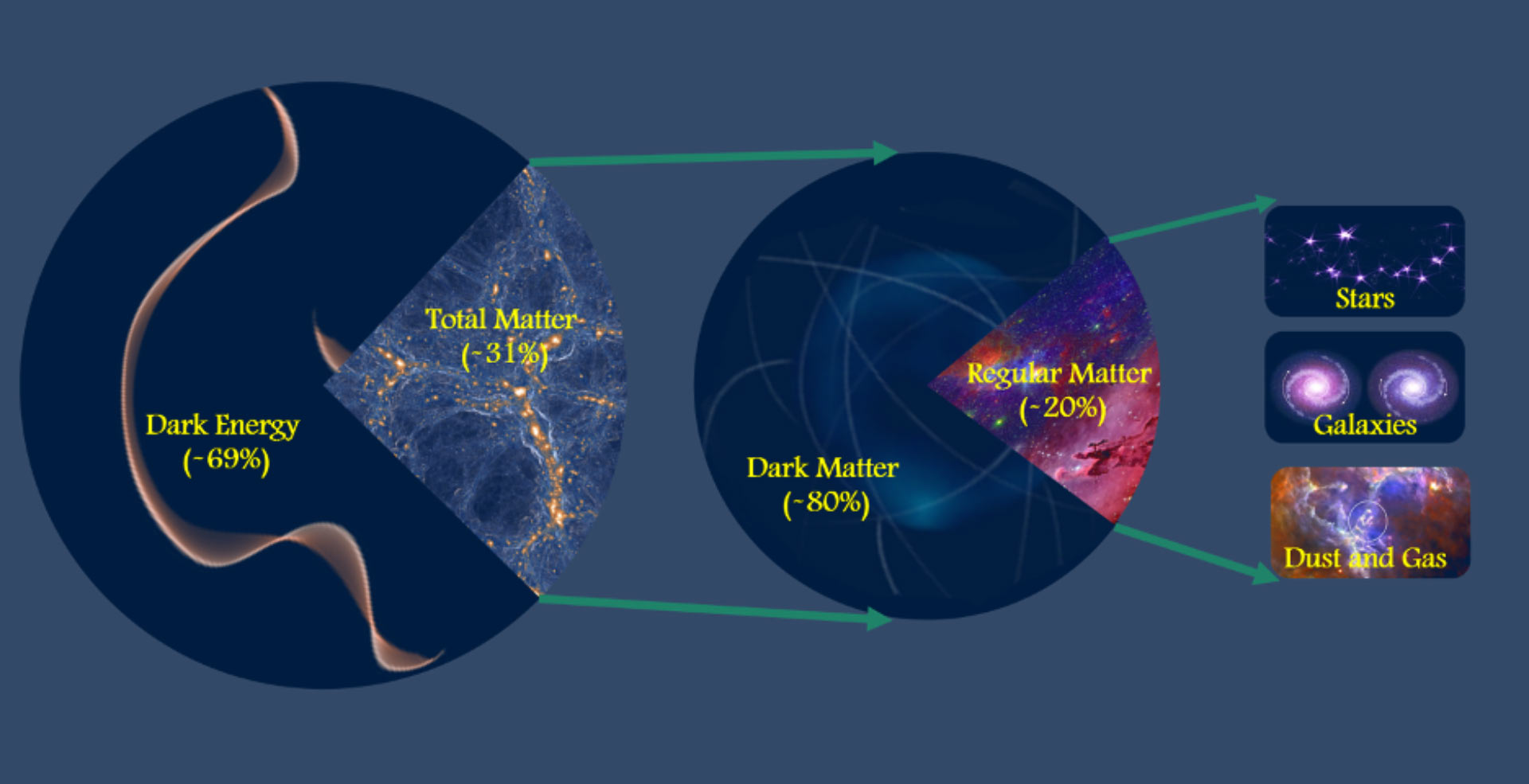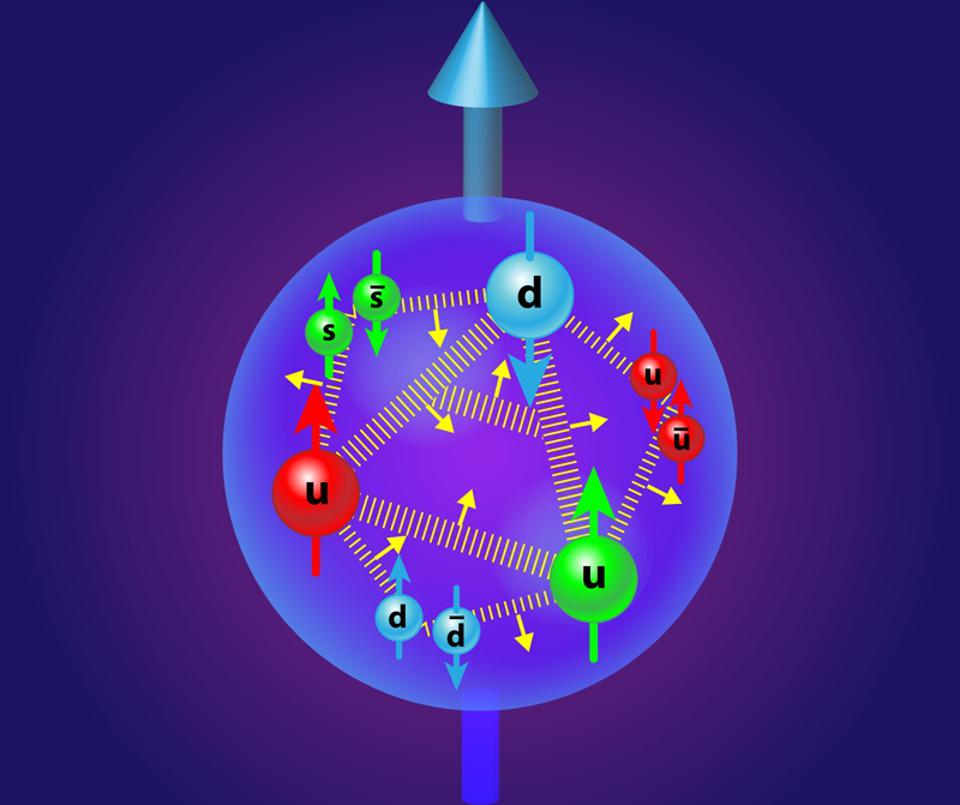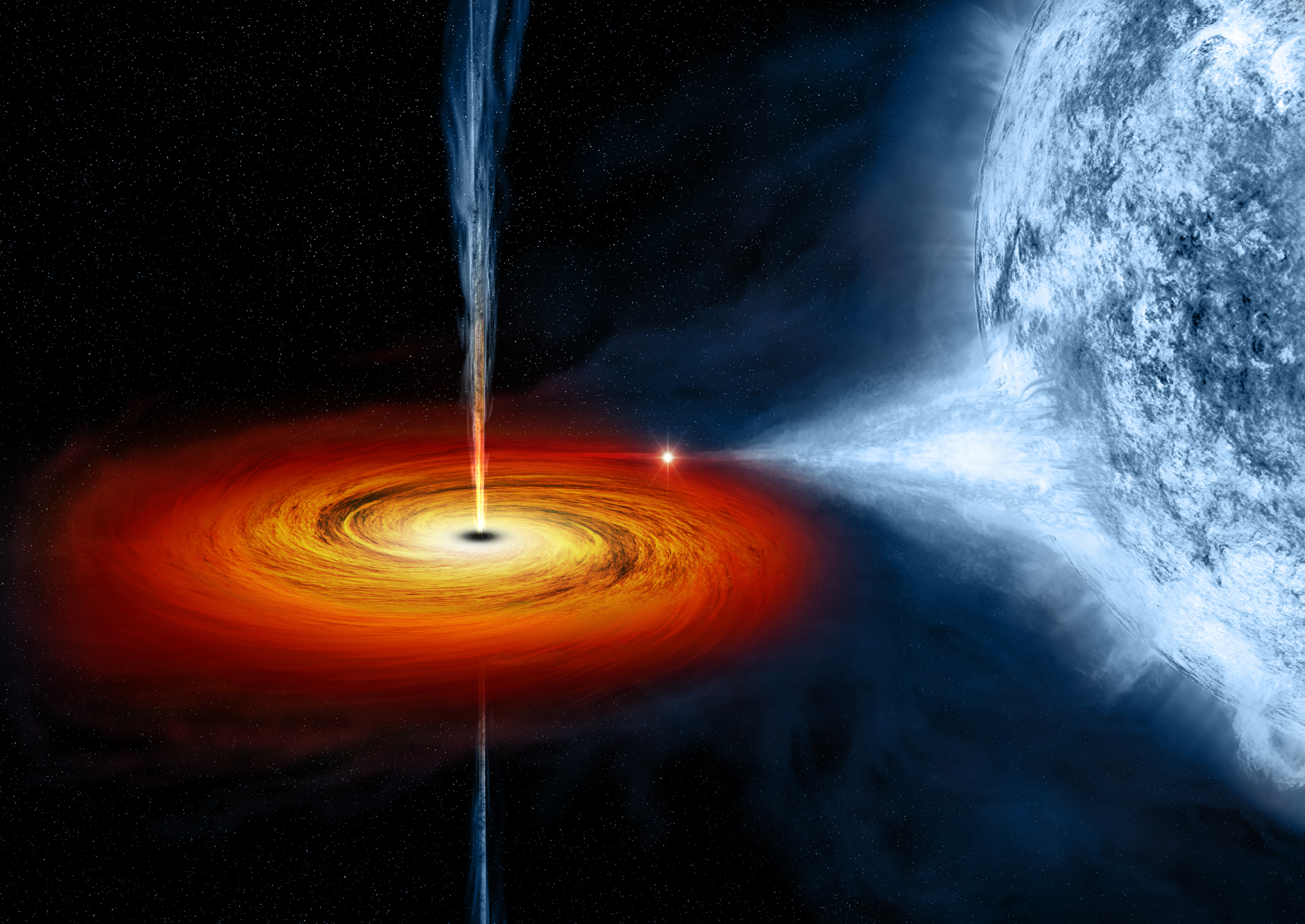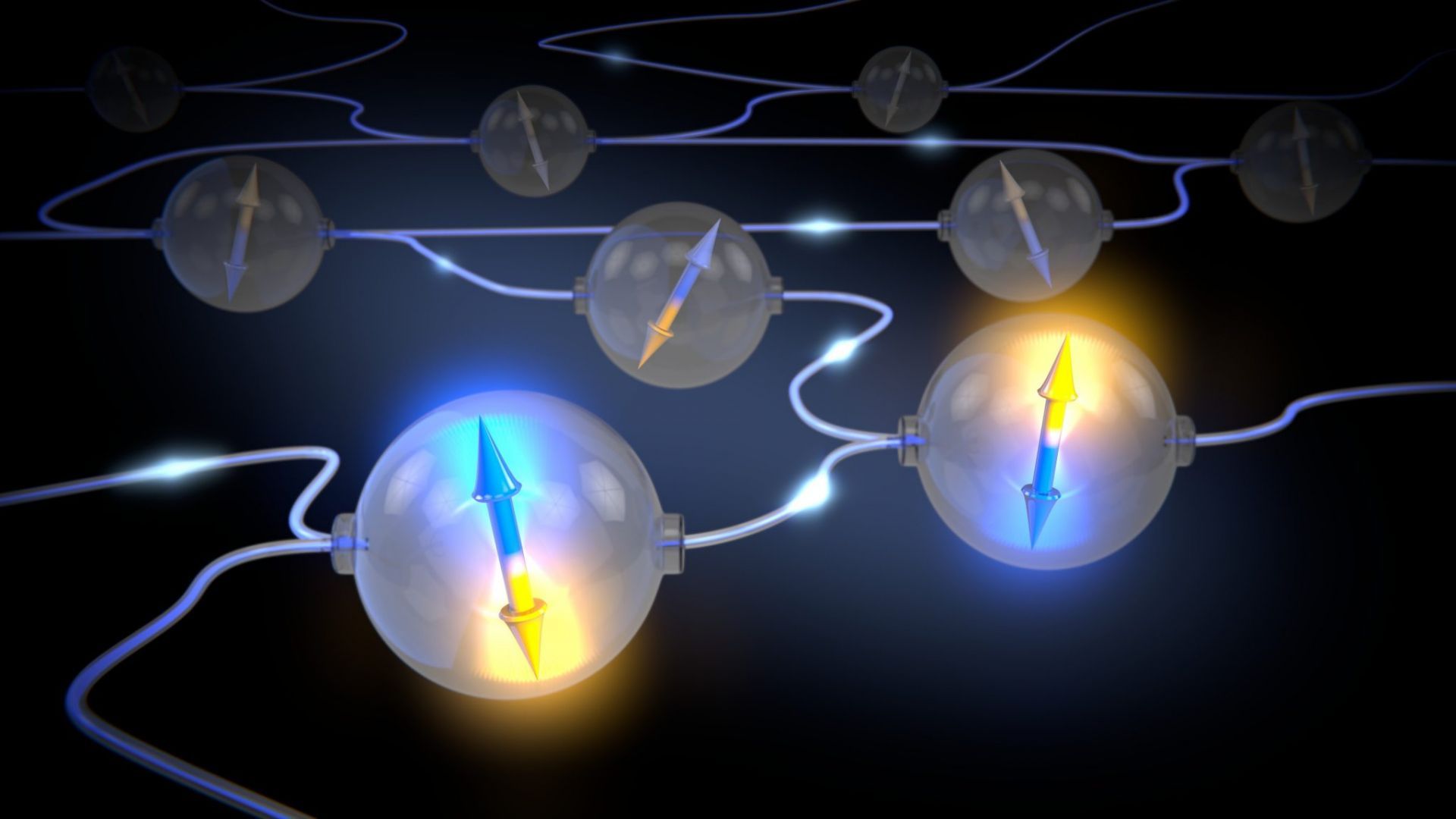Quantum Gravity - The Physics Of Matter And Energy At The Tiniest Scales

For many years, physicists have been attempting to combine two completely dissimilar theories. Is it possible that a more accommodating theary can be formulated and
it alters the way we think about everything, including time and gravity.
It is both the biggest and the smallest of problems. Scientists currently use two different rulebooks to describe how nature functions. There is general relativity, which explains gravity and everything it governs beautifully, including planets in orbit, galaxies merging, and the dynamics of the entire expanding universe. That's a lot. The other three forces-electromagnetism, the two nuclear forces, and gravity-are handled by quantum mechanics. When it comes to explaining what happens when a uranium atom decays or when a light particle strikes a solar cell, quantum theory is quite good. That isn't much.
